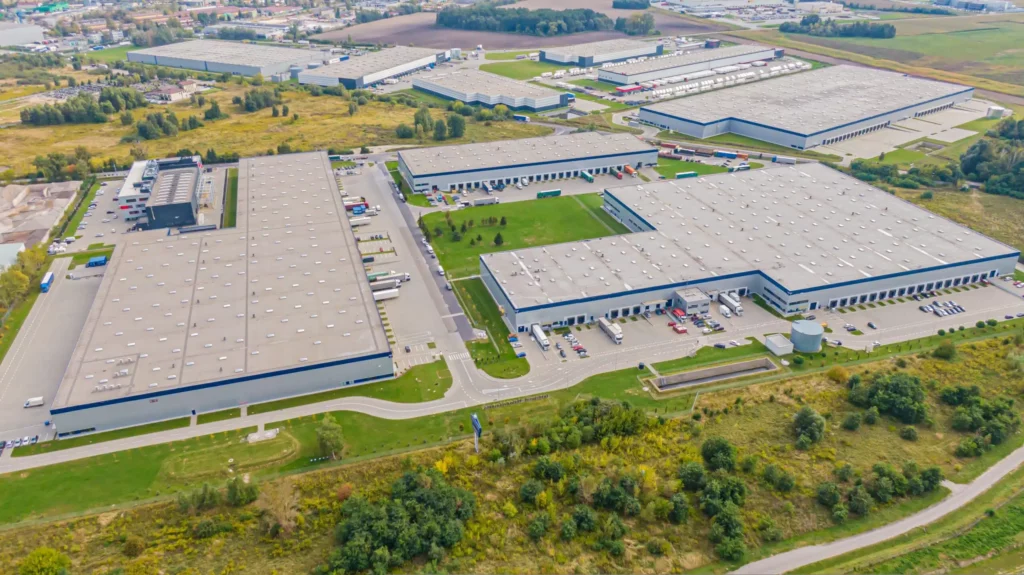With proactive, planned life cycle management, it’s possible to eliminate one or more roof system capital renewals over the total life cycle of a building. What if this could be done on over 50% of your building inventory—or maybe even 70%—portfolio wide? Depending on the size of your building portfolio, a programmatic management plan could save you millions or potentially hundreds of millions of dollars. These are the 7 elements needed when developing a comprehensive facility asset management plan:
Inventory each roof asset.
An inventory of your roofing assets allows you to know where you stand with your facilities. This is typically accomplished through a formal Roof Assessment or a Roofing Study. An inventory could include things such as:
- Roof age
- Roof type
- Minor defects
- Major defects
- Photographs
- Warranty information
- Manufacturer information
Thoroughly assess the condition of each roof system by collecting deficiency data and quantity to help establish a Condition Index.
Each roof asset should be assigned a Condition Index Score. Some considerations for determining the Condition Index Score would include the age of the roof system, the type of roof system, severity of roof defects and quantity of defects. Roofs with a Condition Index Score above a certain threshold are most likely those only needing maintenance or repairs; whereas those below a certain level may be past their lifespan and need to be replaced.
Analyze each system from a total cost of ownership perspective and determine whether repair improvements will extend the service life and lower total cost of ownership over the remaining service life of the roof asset.
The Total Cost of Ownership includes all the expenses associated with a roof system from installation to end of service life. Extending your roof system’s useable service life lowers annual cost of ownership and allows funds to be strategically allocated to optimize return on investment.
Calculate and understand the key metrics of a qualified condition assessment for each roof system.
Some key metrics to consider in a qualified condition assessment of your roof system include roof deficiencies, current leaks, existing defects needing repairs, performance, photographic documentation, condition indices, total service life and remaining service life, replacement cost estimates, defect cost estimates, and total cost of ownership savings associated with performing repairs and preventative maintenance.
Prioritize capital renewal projects, expense repairs and maintenance work objectively.
The key word here is objectively. Use of a triage score—much like when patients enter the Emergency Room at a hospital and are put in triage to determine which patients are critical and need treatment first—allows you as the facilities manager to determine your prioritized capital projects, repairs and preventative maintenance plans to best allocate use of your budget.
Plan different spending scenarios that demonstrate impact on the current and future capital renewal backlogs. Constrained budget reports are critical for showing what spend levels will be required to maintain or buy down the current capital renewal backlogs, and how this will affect the roof condition over the life of the spend plan.
Roofs typically have numerous capital renewals/replacements over the total service life of a facility or building. The introduction of sustainable defect repair upgrades and preventative/predictive maintenance programs can greatly impact the remaining service life of the major system groups. The implementation of sustainable programs can extend the life of these assets, reduce emergency spend and minimize the frequency of capital renewals allowing you to create a roadmap that shows what you want to see in the five, ten or fifteen years ahead. You can get ahead of repairs before they become larger, more labor-and capital-intensive projects.
Create and analyze KPI (key performance indicator) reports that highlight spend plans, capital plans and historical metric accountability.
A Roof Asset Management Program (Roof Program) can provide you with KPIs to monitor the best use of capital funds, while providing data to make the best and most cost-effective decisions going forward. The ON-PNT® Enterprise Building System Management solution is a GIS-enabled database that makes roof asset management simple for busy facility managers and provides repeatable, objective analysis using established industry standards. It creates a centralized location to manage inventory, collect data and create KPI metrics based on defined goals, benchmarks and objectives.
Sustainable Life Cycle Management
Developing a comprehensive facility asset management plan doesn’t have to be overwhelming. Our experts at Technical Assurance believe in helping you create sustainable investment plans that proactively manage the life cycle of your building envelope assets. Our 5 Steps to Sustainability Process is a programmatic approach to building envelope management that ensures your investment is optimized to extend the service life of valuable and costly assets and to reduce your Total Cost of Ownership. If you’re interested in learning more download our Commercial Roof Asset Life Cycle Management White Paper.
Contact Us Today!
Technical Assurance can help you take a simplified, programmatic approach to building envelope asset management. Contact us today for a consultation and assure that your investment lasts well into the future.

